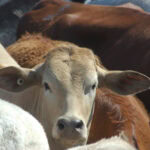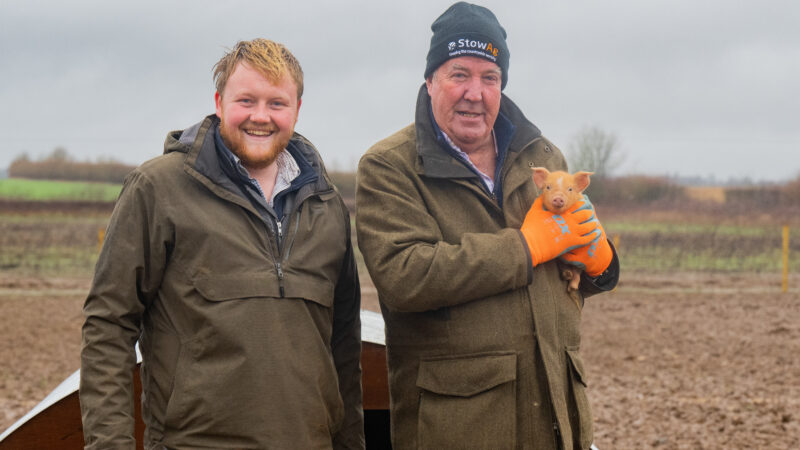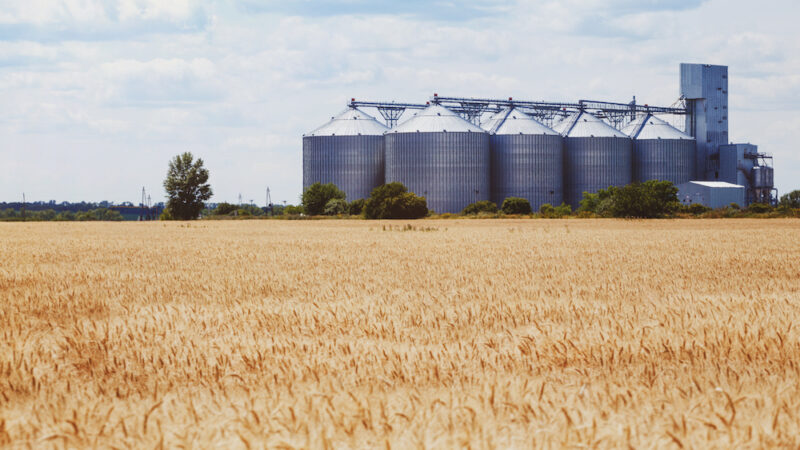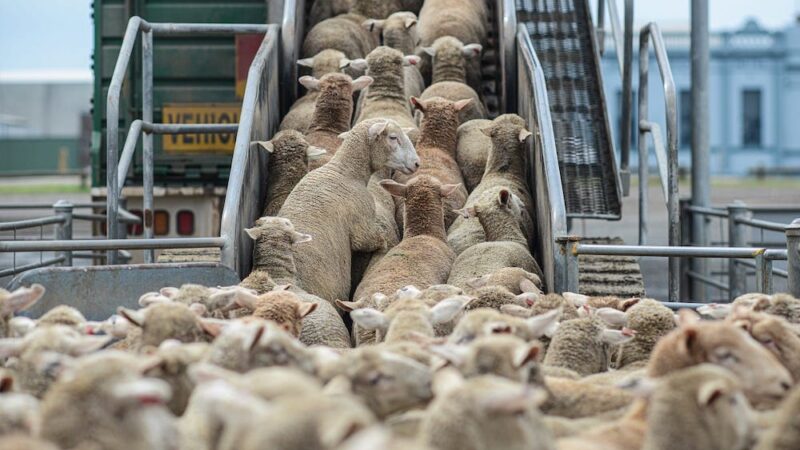Despite years of discussion around restructuring the grassfed beef industry, the state�s peak agricultural advocacy…
Tick fever alert for northern NSW cattle producers following recent outbreaks
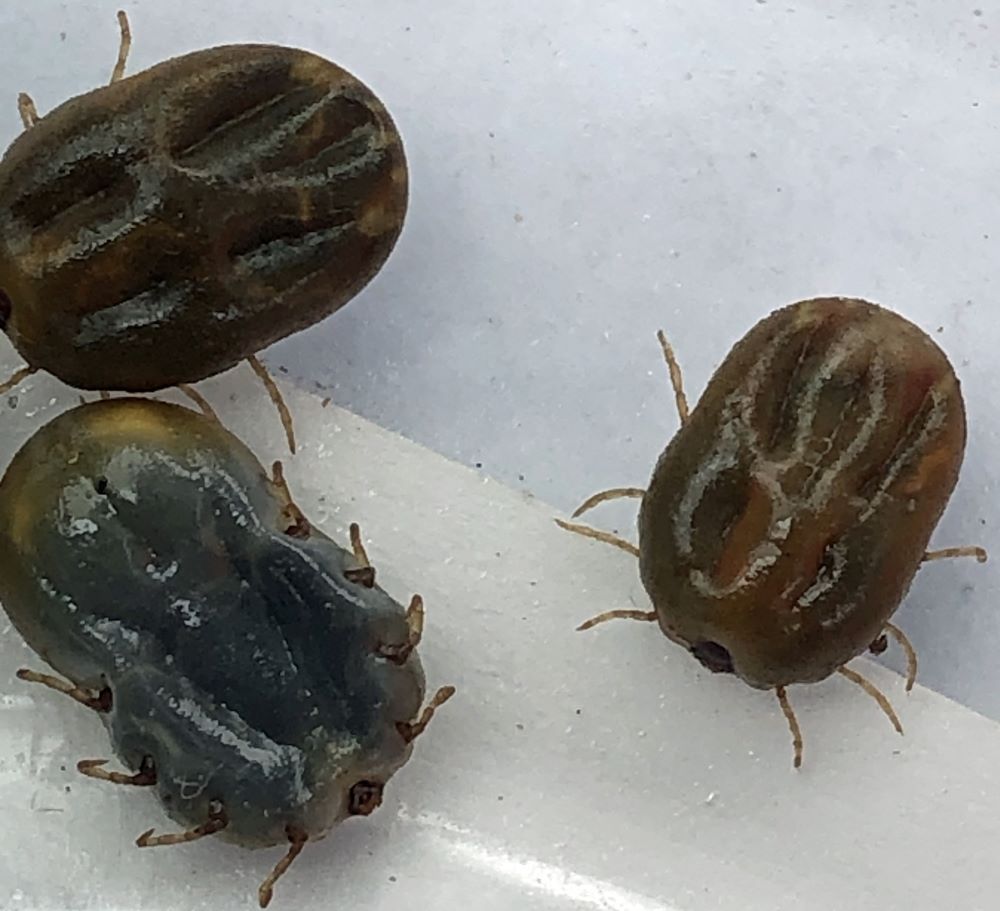
NSW DPI and Local Land Services urge vigilance as tick fever cases confirmed, stressing the importance of immediate veterinary attention and strict biosecurity measures to prevent further spread. Opening image: Cattle ticks, from NSW DPI.
The NSW Department of Primary Industries (DPI) and Local Land Services (LLS) are urging farmers to stay vigilant after tick fever cases were found on cattle farms in northern NSW.
Laboratory analysis at the Elizabeth Macarthur Agricultural Institute, conducted by NSW DPI, verified two instances of tick fever, or �Babesia bovis�, based on samples provided by LLS district veterinarians.
Cattle tick and tick fever were conditions which posed a devastating economic impact on cattle production due to the potential large losses of animals, production losses, restrictions on trade, and treatment costs.
According to DPI, tick fever in cattle could cause fever, weight loss, abortion and bull infertility. Animals could show nervous signs, including change in temperament, lethargy, muscle tremors and difficulty walking.
North Coast LLS district vet Phillip Carter recommended that farmers contact a vet at once if cattle showed signs of tick fever.
�If treatment is delayed tick fever can kill susceptible animals,� Dr Carter said.
�These are the first new confirmed cases of tick fever in NSW this year and we saw cattle tick infestations and cattle deaths during our inspection of the animals.
�Continued monitoring of the herd for more cases is important as animals may be infected, but not yet show signs. Unexplained deaths are often the first signs that tick fever is present.
�Producers should look out for lethargy, depression, red urine, elevated temperature, jaundice and anaemia in their cattle.�
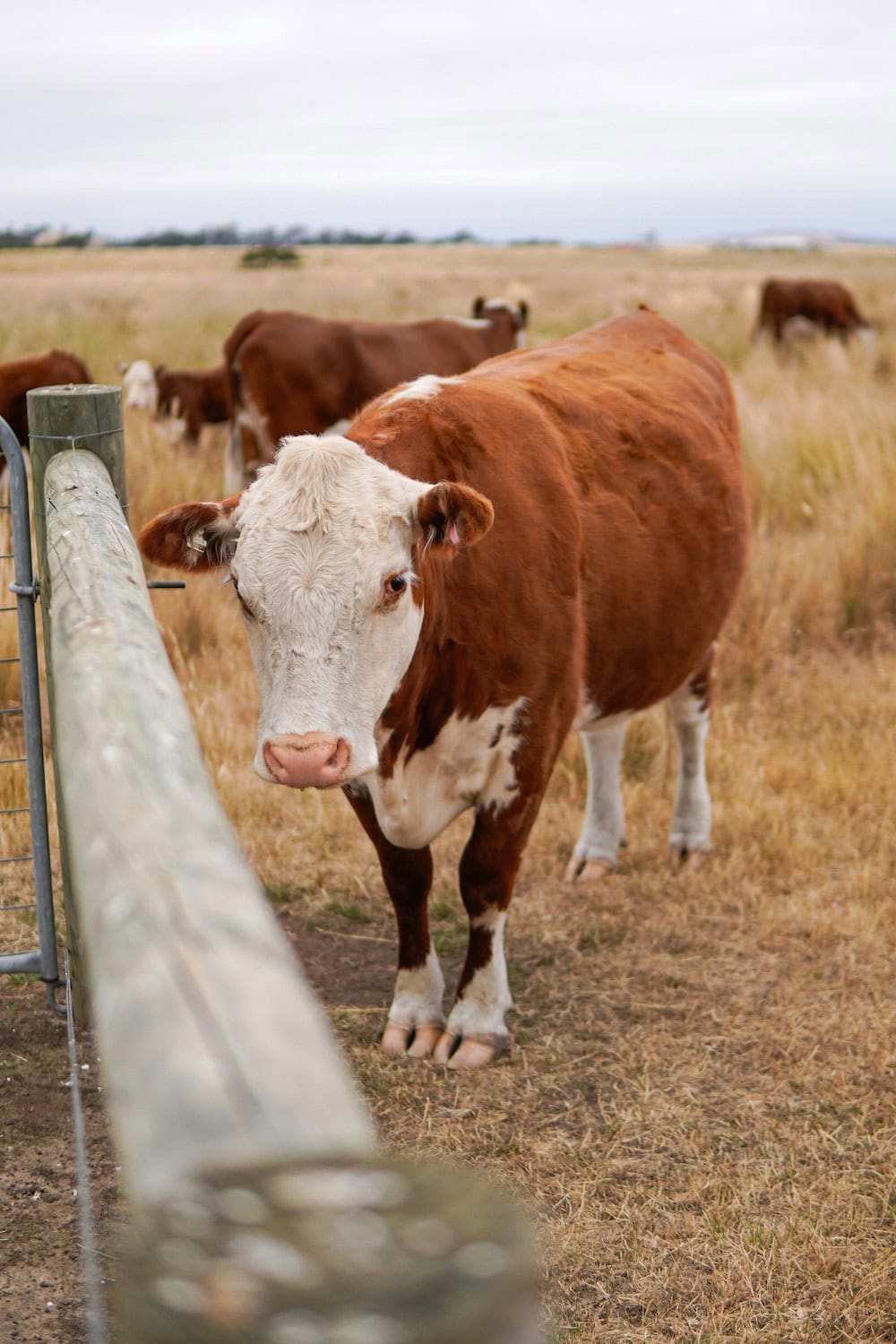
Dr Carter said tick fever was spread only by cattle tick, and with favourable seasonal conditions for ticks who thrived in warm, humid conditions, he urged producers to practice good farm biosecurity to prevent more cases.
�Producers should check cattle regularly and be on the lookout for ticks, especially with cattle being yarded in preparation for autumn sales,� Dr Carter said.
Ron Chittick, chair of the NSW Farmers Lismore/Alstonville branch, said his neighbours recently found cattle tick at the saleyards.
�My neighbour and myself have agreed to do a voluntary tick treatment but it�s quite concerning there hasn�t been much communication about the recent discovery � most people don�t really check cattle for ticks because they haven�t been around for a long time, so people have become quite lax,� Mr Chittick said.
�The treatment is simple; the first treatment involves a needle, then followed up with a pour-on treatment. But unless your cattle have had ticks, then I don�t believe people make it a priority to really inspect their cattle for ticks.
�I feel there�s a lack of official communication in regard to discoveries of the tick. I�ve head via word-of-mouth that they�re finding multiple properties with cattle tick, but people are feeling it�s not being properly communicated. So, if you hear that a neighbour has found ticks, it�s time for you to do an inspection and treatment.�
Ron Chittick, Chair of the NSW Farmers Lismore/Alstonville Branch
NSW DPI Cattle Tick Operations leader Larry Falls said early intervention was key to minimising the spread and impact of cattle tick and tick fever.
�The record of movement for cattle tick lists the mandatory biosecurity requirements which must be followed when bringing cattle from cattle tick infested areas into NSW,� Mr Falls said.
�Following these biosecurity requirements helps prevent the introduction and spread of cattle ticks and minimises costs and losses to your enterprise and livestock industries.�
Tick fever and cattle tick were notifiable under NSW biosecurity legislation.
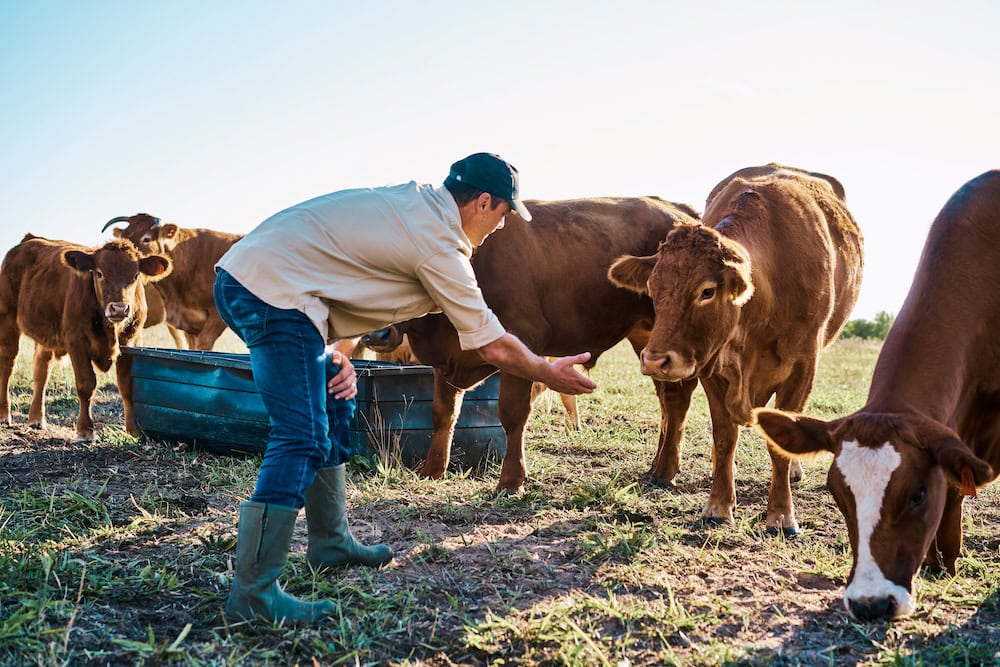
About Tick Fever
Tick fever is a serious disease in the northern parts of Australia, affecting cattle. According to NSW DPI, when tick fever swept through Queensland in the 1990s in the absence of chemical control, about three million cattle died.
However, recent advances in tickicides, vaccines and drug technology meant tick fever could be controlled.
In Australia, three different organisms caused the disease:
- Babesia bovis
- Babesia bigemina
- Anaplasma marginale
Of these three, Babesia bovis was responsible for about 80 per cent of the tick fever outbreaks in Australia. The organisms were microscopic parasites which destroyed the red cells in the blood, similar to the malaria in humans.
Cattle that recovered from a natural infection of tick fever carried small numbers of parasites in their blood; usually for the rest of their life.
Typically, older cattle were more likely to be severely affected; calves up to several months old might not show any signs at all.
Farmers should immediately report cattle tick by calling the NSW DPI Cattle Tick Program on 02 6626 1201.
You can also contact the Emergency Animal Disease Hotline on 1800 675 888.
For more Information: https://www.dpi.nsw.gov.au/animals-and-livestock/beef-cattle/health-and-disease/parasitic-and-protozoal-diseases/ticks
If you found this article interesting, make sure to check out the new landmark biosecurity initiative that uses cutting-edge technologies and digital systems to help protect native species, crops, livestock, and food supply.


